Limitations of Rear Cross-Traffic Collision-Avoidance Assist
Rear Cross-Traffic Collision-Avoidance Assist may not operate normally, or the function may operate unexpectedly under the following circumstances:
-
Departing from where trees or grass are overgrown
-
Departing from where roads are wet
-
Speed of the approaching vehicle is fast or slow
Braking control may not work, driver's attention is required in the following circumstances:
-
The vehicle severely vibrates while driving over a bumpy road, uneven road or concrete patch
-
Driving on a slippery surface due to snow, water puddle, ice, etc.
-
The tire pressure is low or a tire is damaged
-
The brake is reworked
-
Remote Smart Parking Assist is operating: (if equipped)
For more details on the limitations of the rear corner radar, refer to Blind-Spot Collision-Avoidance Assist (BCA).
-
Driving near a vehicle or structure
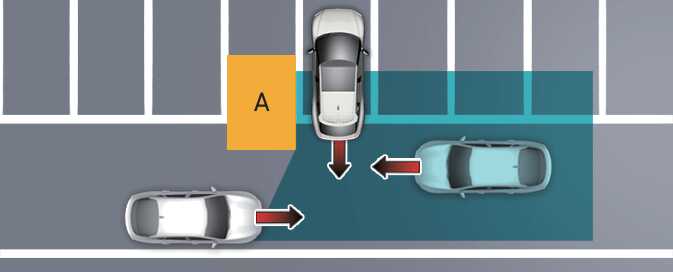 OCV052245N
OCV052245N[A]: Structure
Rear Cross-Traffic Collision-Avoidance Assist may be limited when driving near a vehicle or structure, and may not detect the vehicle approaching from the blind spot area. If this occurs, the function may not warn the driver or control the brakes when necessary.
Always check your surroundings while Reversing.
-
When the vehicle is in a complex parking environment
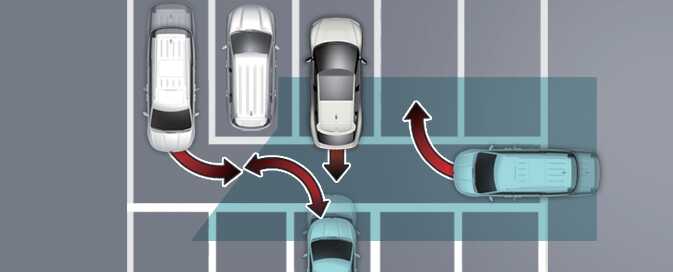 OCV052246N
OCV052246NRear Cross-Traffic Collision-Avoidance Assist may detect vehicles which are parking or pulling out near your vehicle (for example: a vehicle leaving beside your vehicle, a vehicle parking or pulling out in the rear area, a vehicle approaching your vehicle making a turn, etc.). If this occurs, the function may unnecessarily warn the driver and control the brake.
Always check your surroundings while Reversing.
-
When the vehicle is parked diagonally
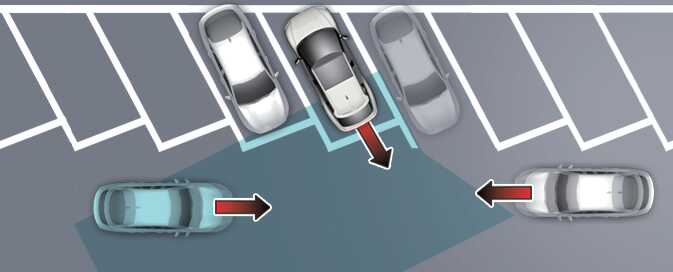 OCV052247N
OCV052247N[A]: Vehicle
Rear Cross-Traffic Collision-Avoidance Assist may be limited when Reversing diagonally, and may not detect the vehicle approaching from the blind spot area. If this occurs, the function may not warn the driver or control the brakes when necessary.
Always check your surroundings while Reversing.
-
When the vehicle is on or near a slope
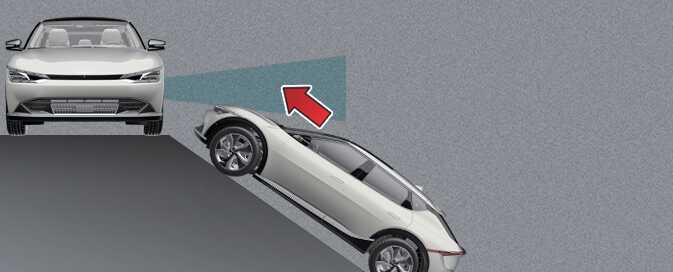 OCV052079N
OCV052079NRear Cross-Traffic Collision-Avoidance Assist may be limited when the vehicle is on a uphill or downhill slope, or near it, and may not detect the vehicle approaching from the blind spot area. If this occurs, the function may not warn the driver or control the brakes when necessary.
Always check your surroundings while Reversing.
-
Pulling into the parking space where there is a structure
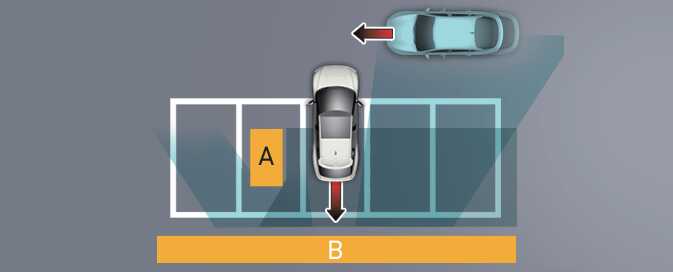 OCV052080N
OCV052080N[A]: Structure, [B]: Wall
Rear Cross-Traffic Collision-Avoidance Assist may detect vehicles passing by in front of you when parking backwards into a parking space with a wall or structure in the rear or side area. If this occurs, the function may unnecessarily warn the driver and control the brake.
Always check your surroundings while Reversing.
-
When the vehicle is parked rearward
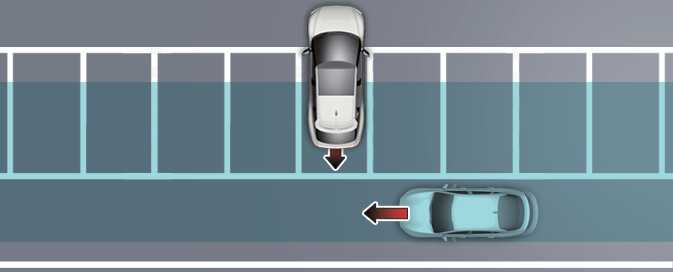 OCV052081N
OCV052081NRear Cross-Traffic Collision-Avoidance Assist may detect vehicles passing by behind you when parking backwards into a parking space. If this occurs, the function may unnecessarily warn the driver and control the brake.
Always check your surroundings while Reversing.
-
When you are towing a trailer or another vehicle, do not use Rear Cross-Traffic Collision-Avoidance Assist. The function could destabilize the vehicle.
-
Rear Cross-Traffic Collision-Avoidance Assist may not operate suddenly if interfered by strong electromagnetic waves.
-
Rear Cross-Traffic Collision-Avoidance Assist may not operate for 3 seconds after the vehicle is started, or the rear corner radars are initialized.
-
If the vehicle is turned off and then restarted with the sensor blocked or malfunction, Rear Cross-Traffic Collision-Avoidance Assist may not operate properly.
This device complies with Part 15 of the FCC rules.
Operation is subject to the following two conditions:
-
This device may not cause harmful interference, and
-
This device must accept any interference received, including interference that may cause undesired operation.
